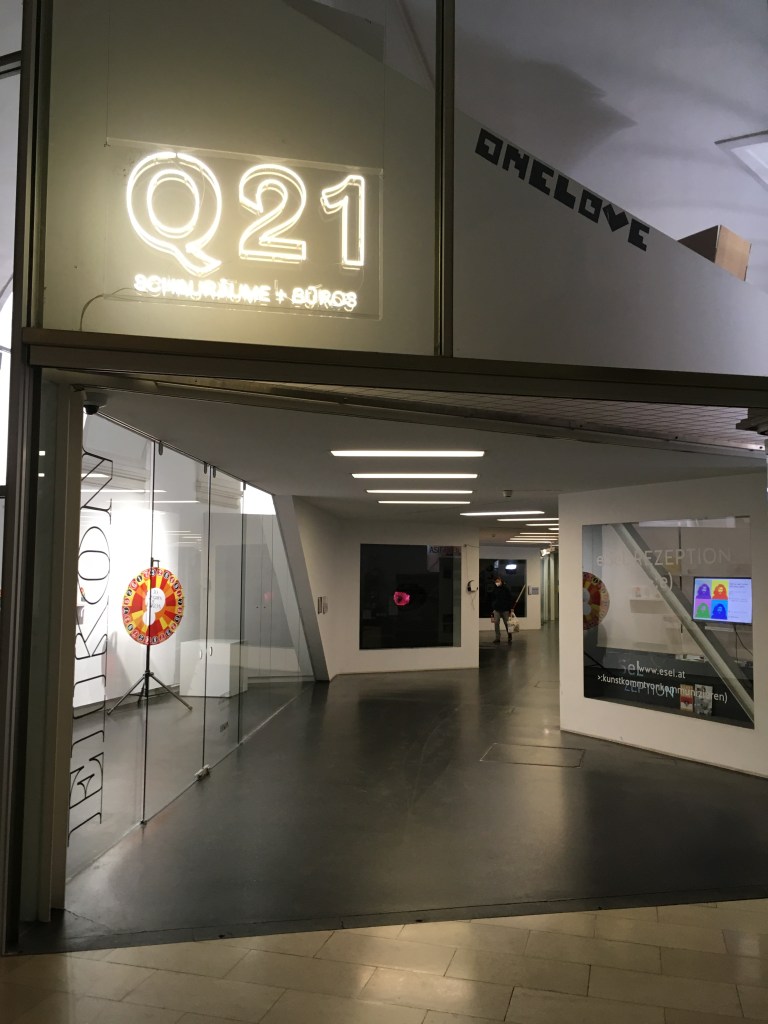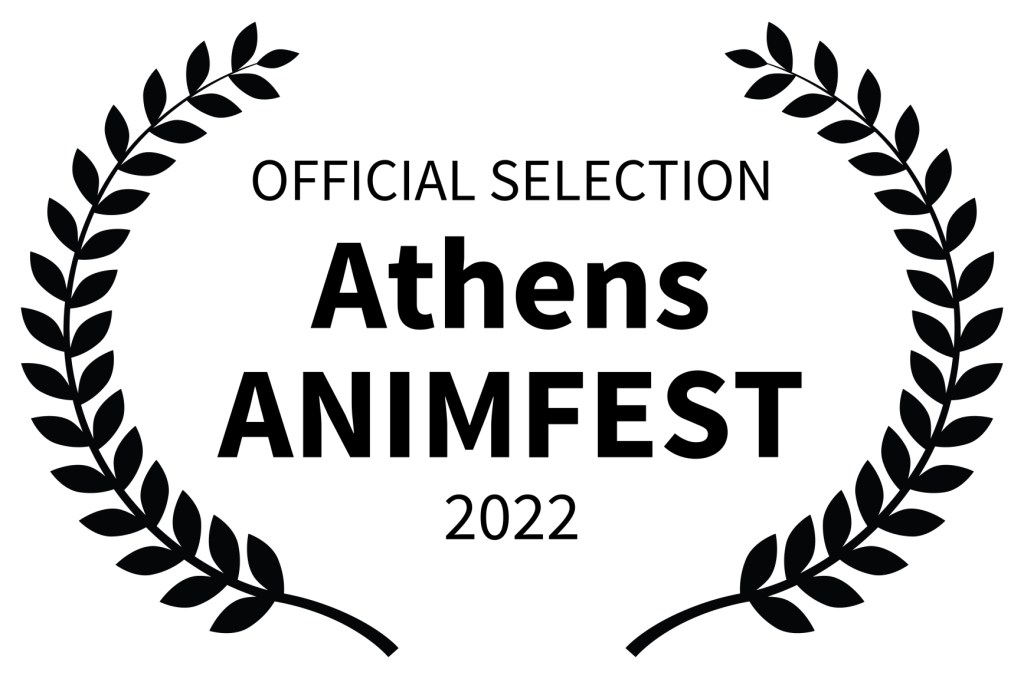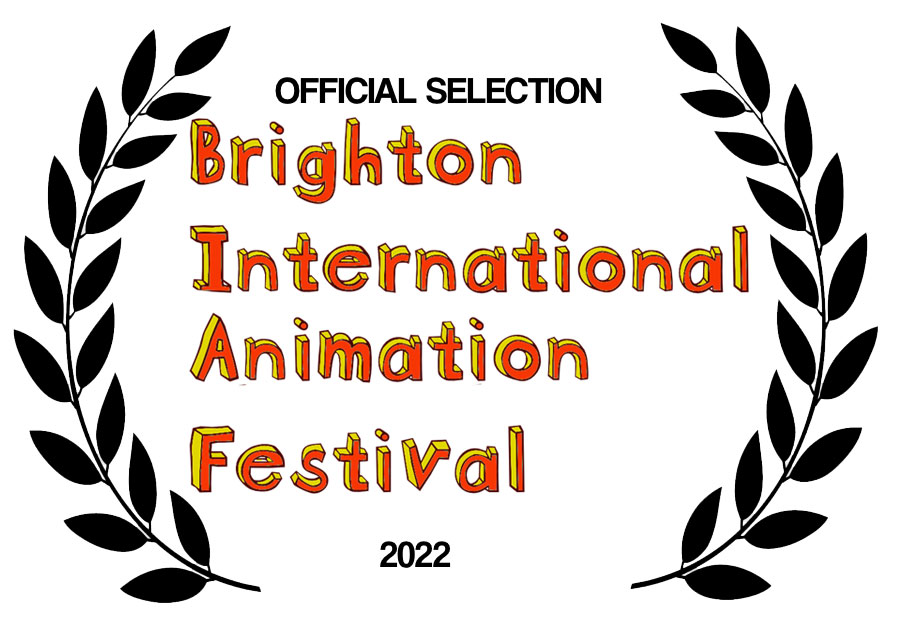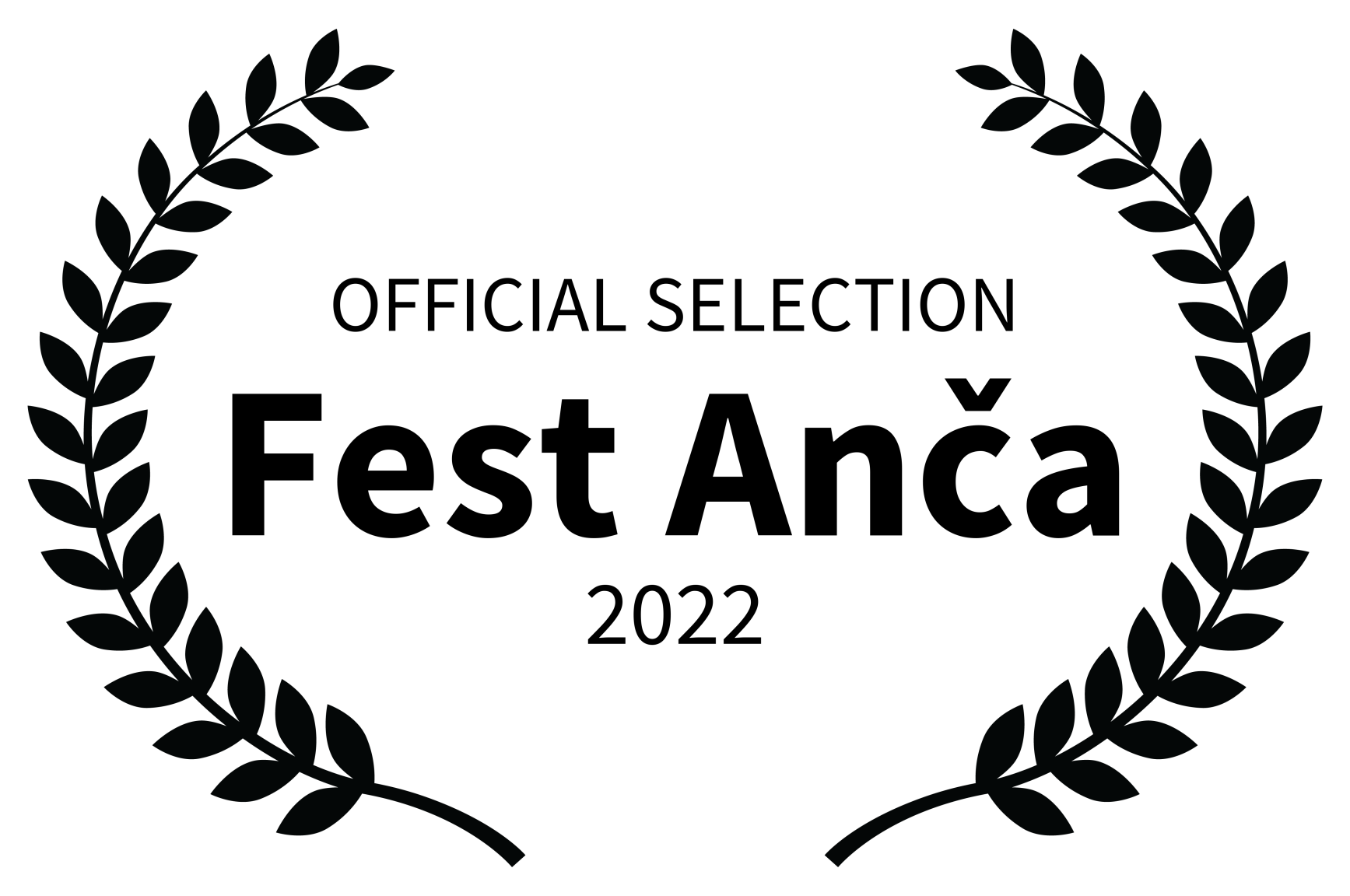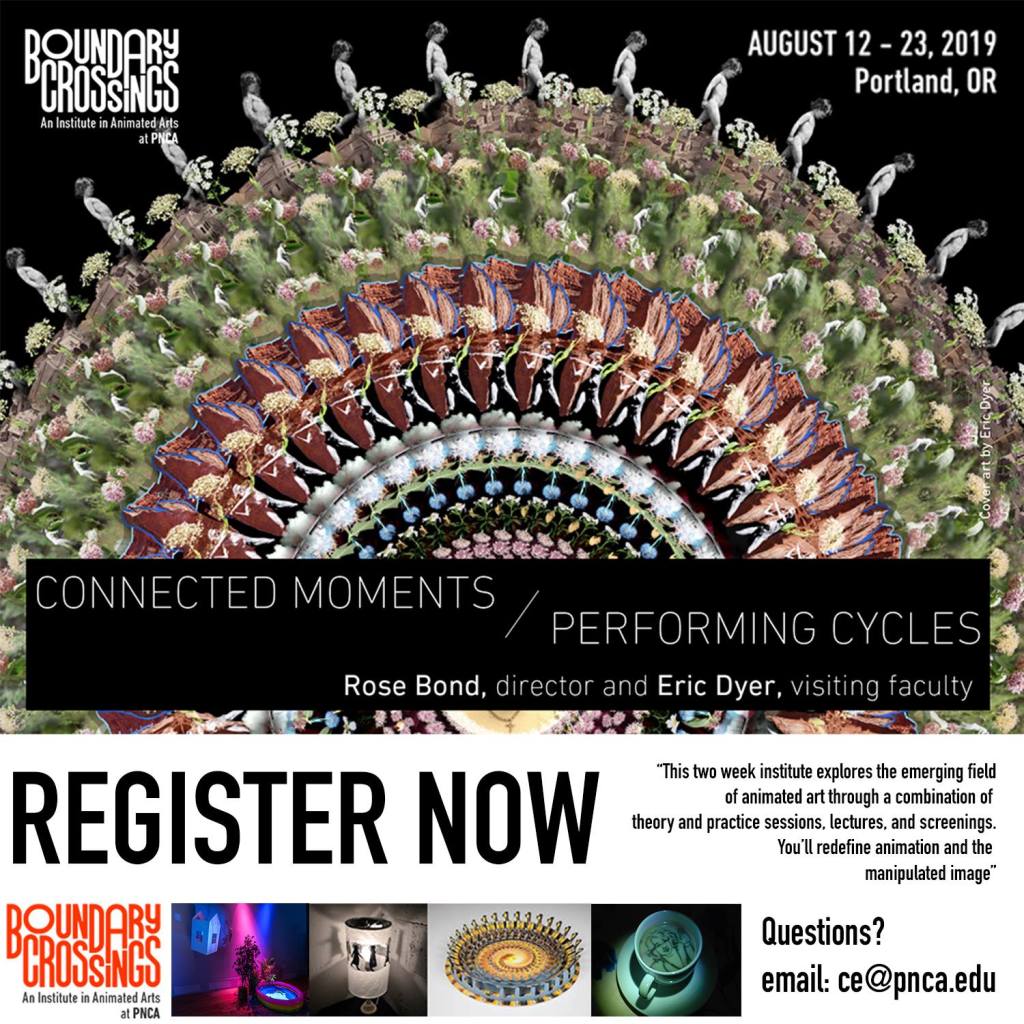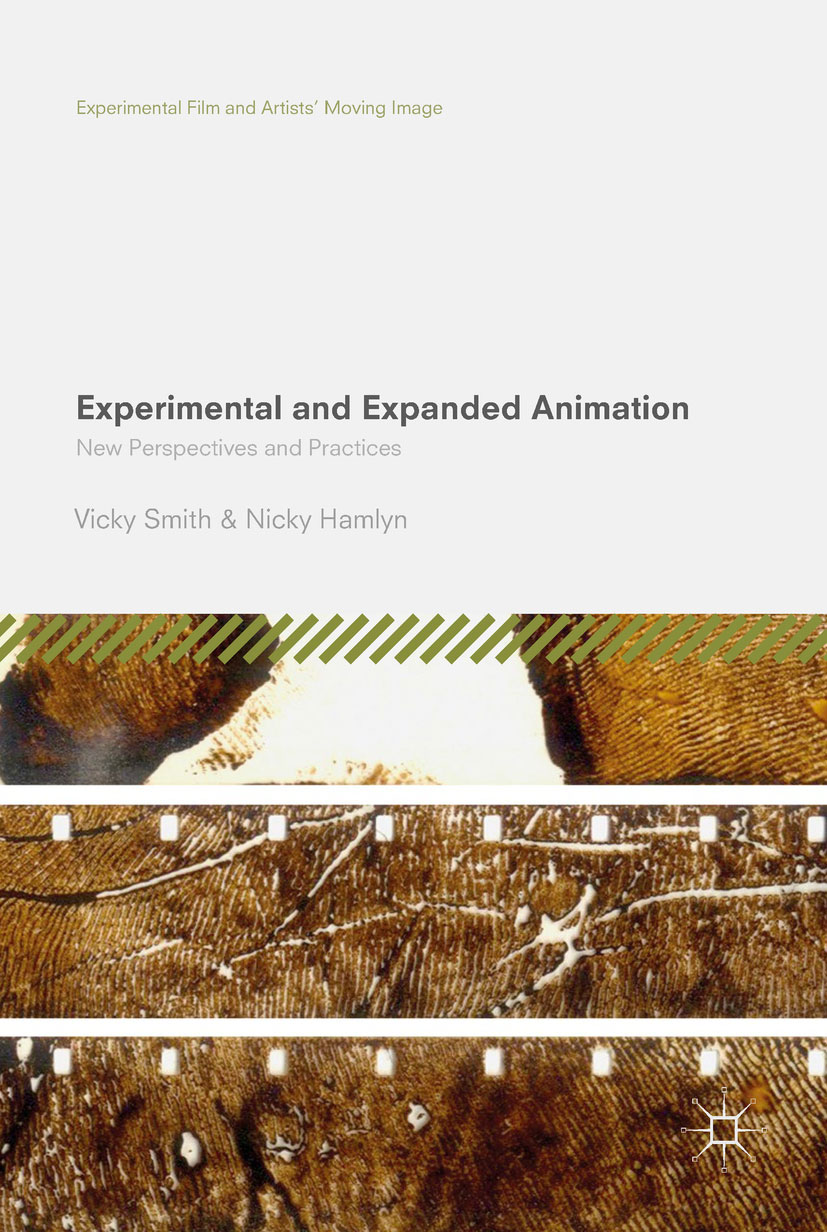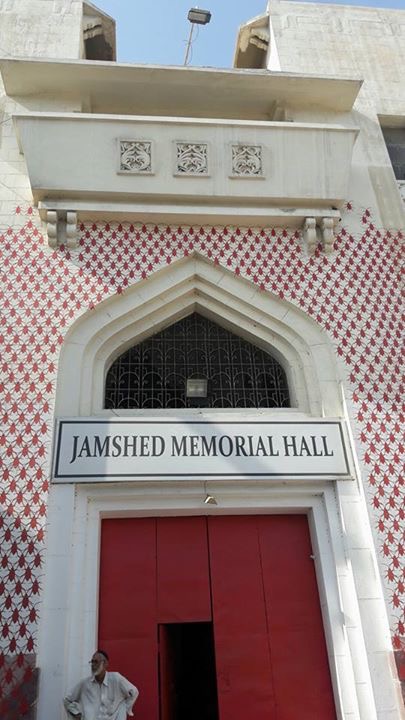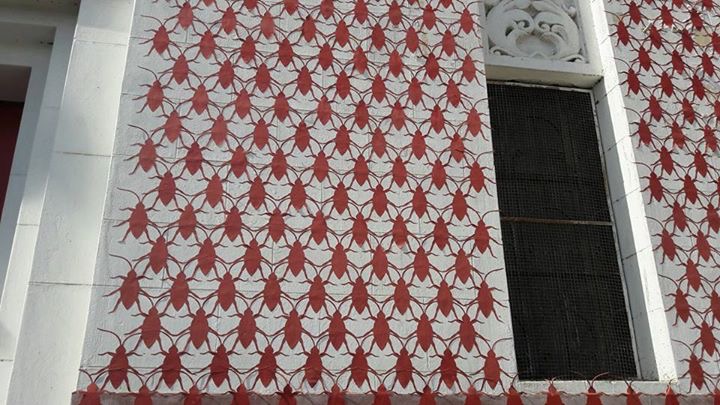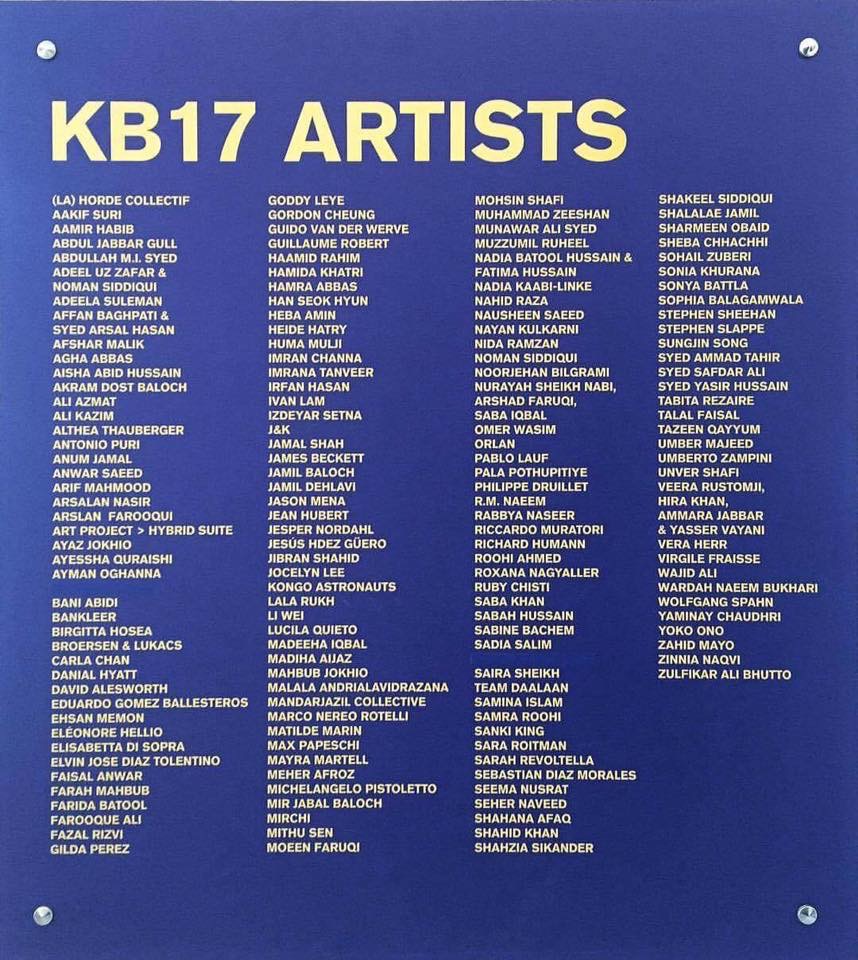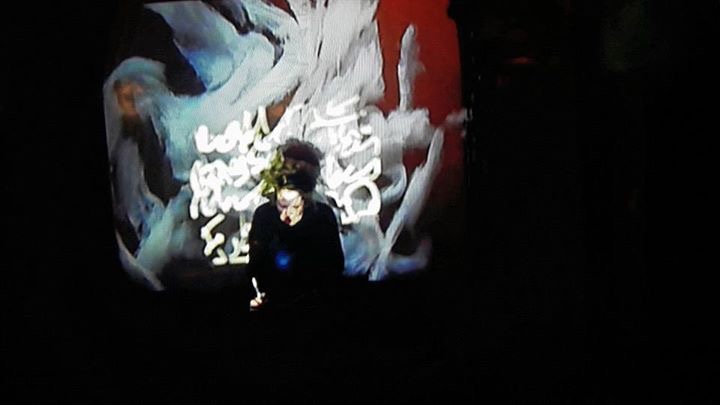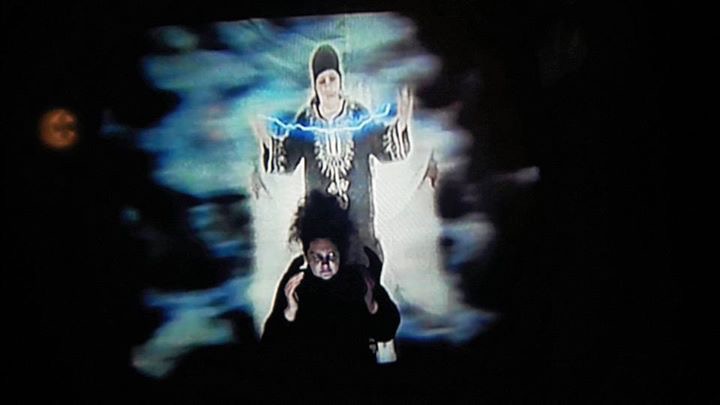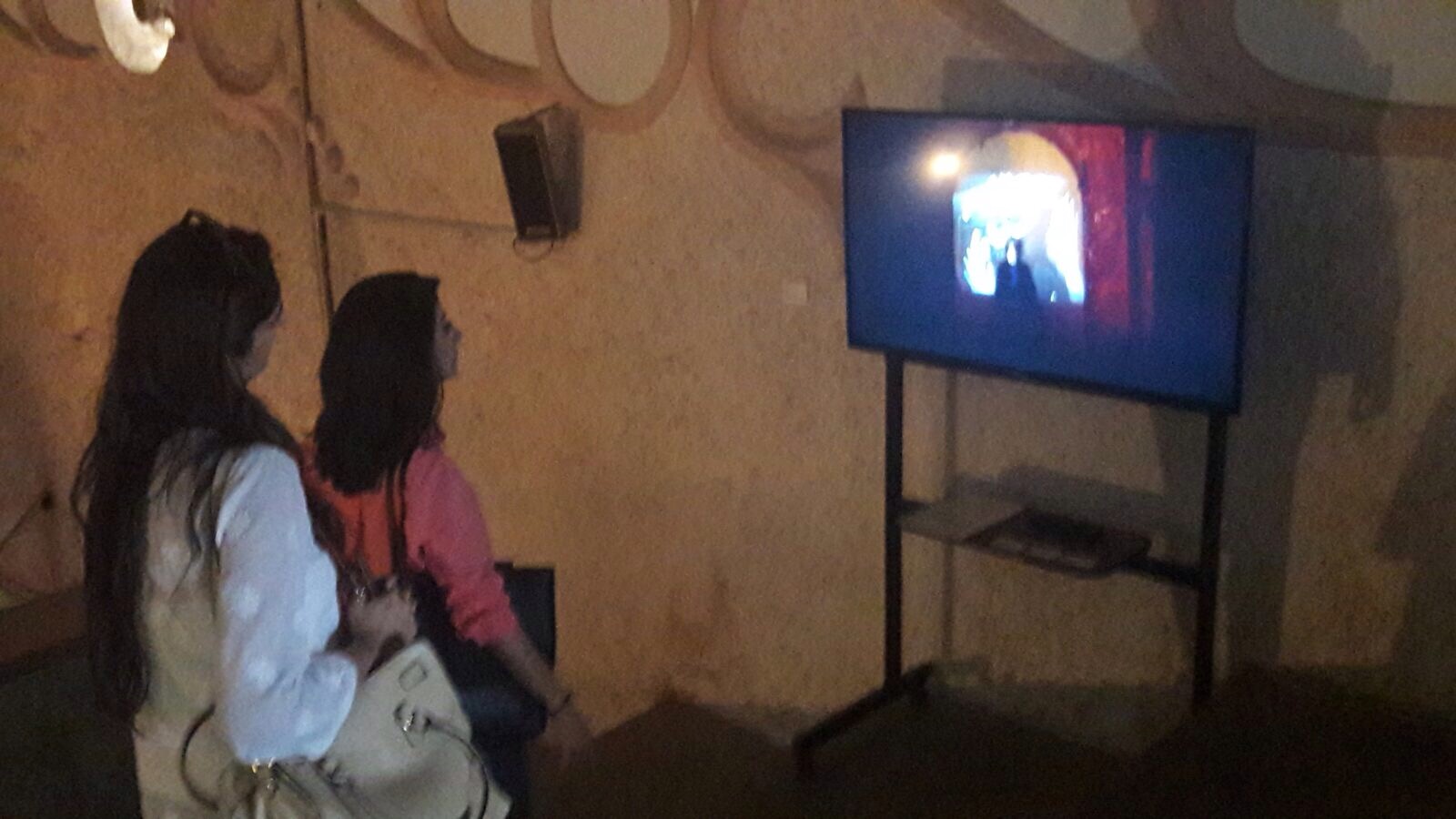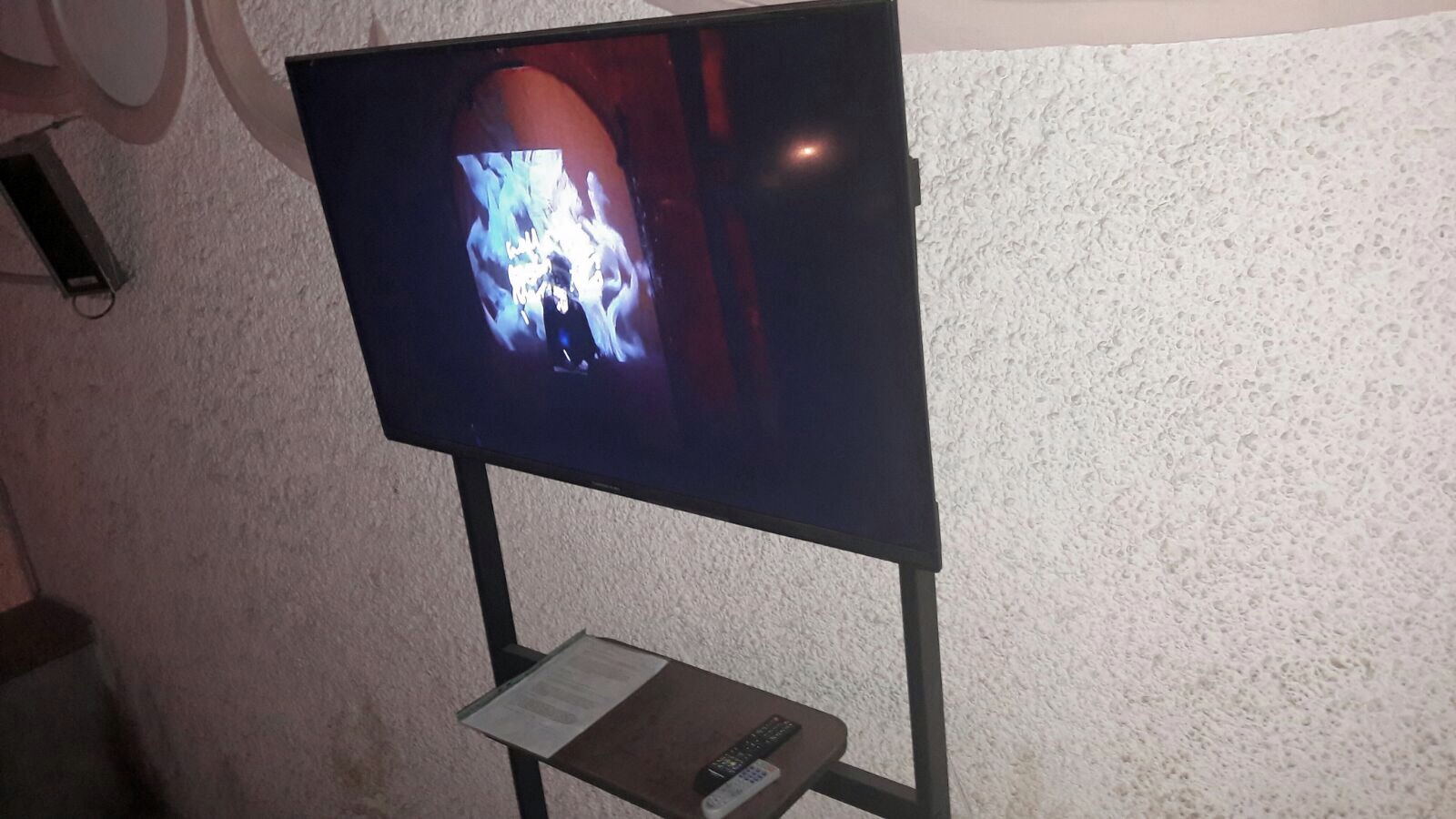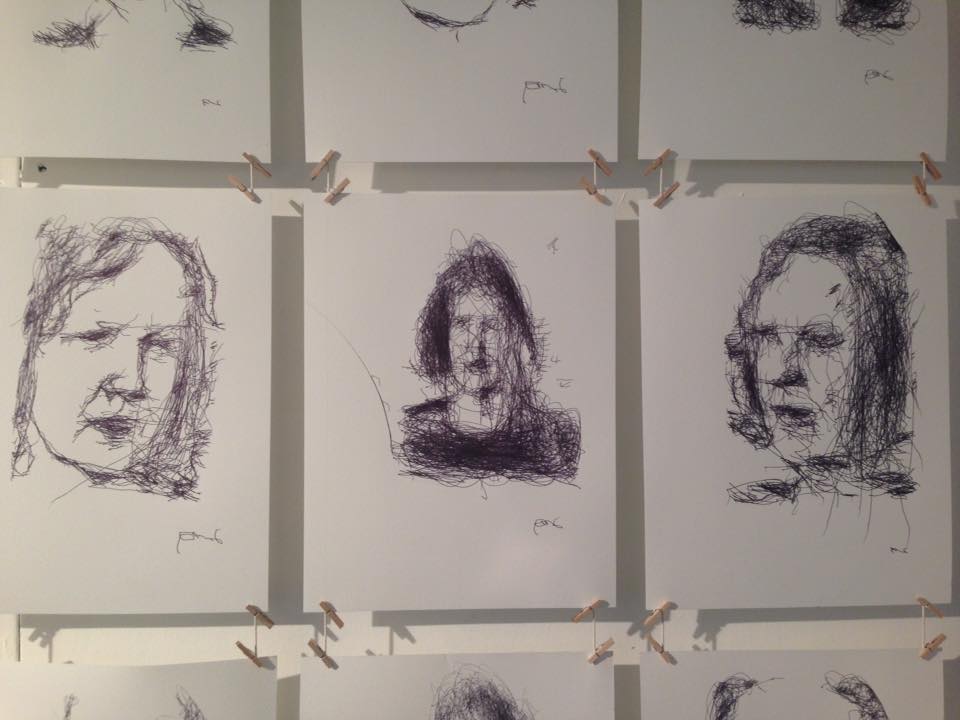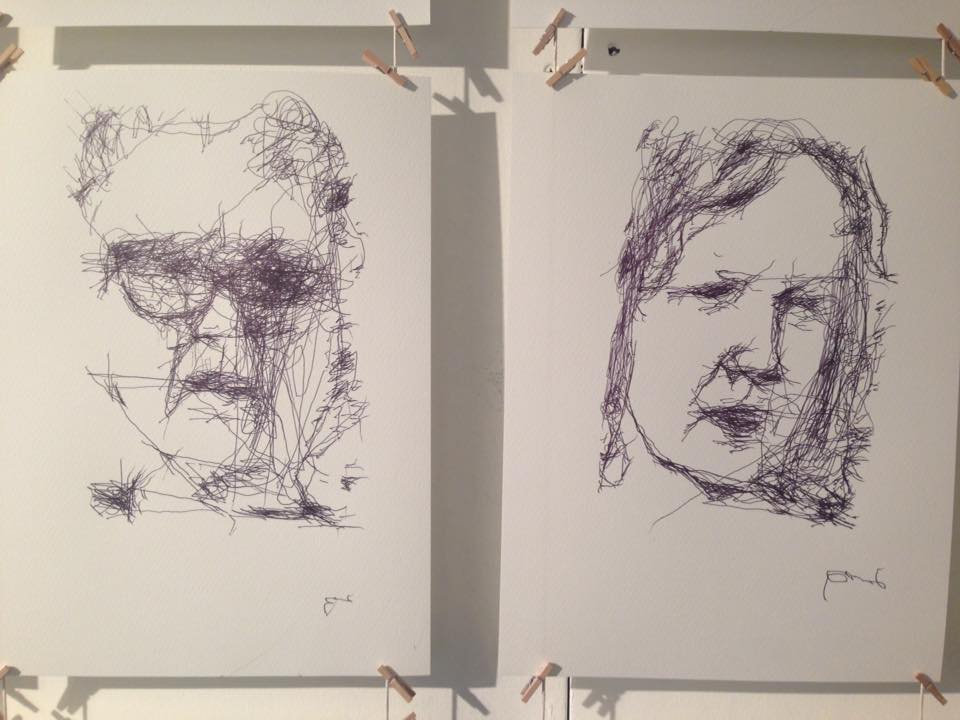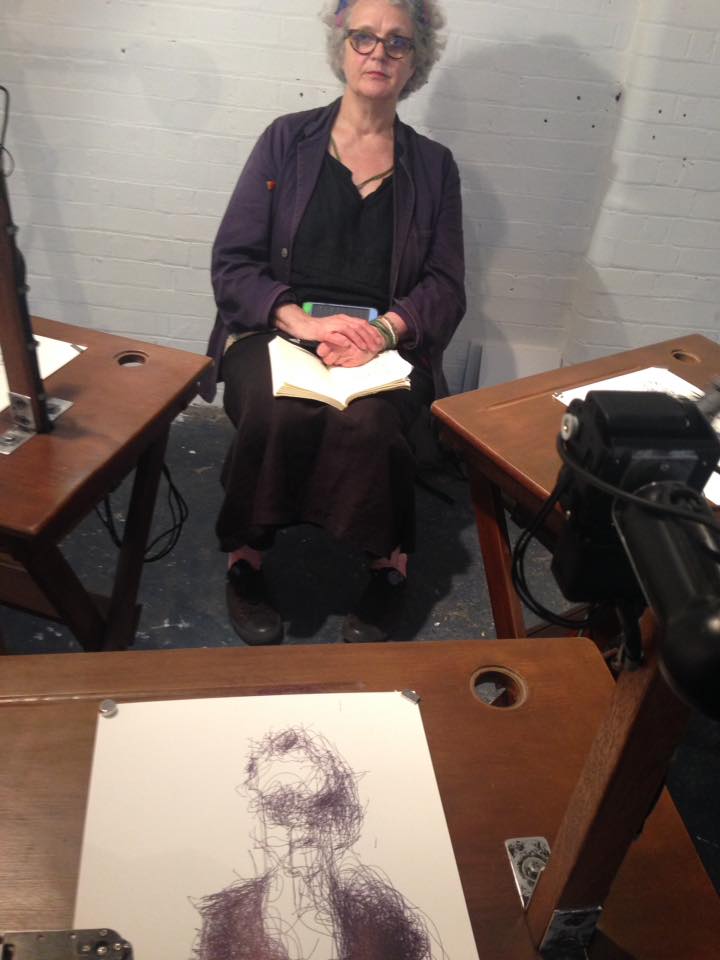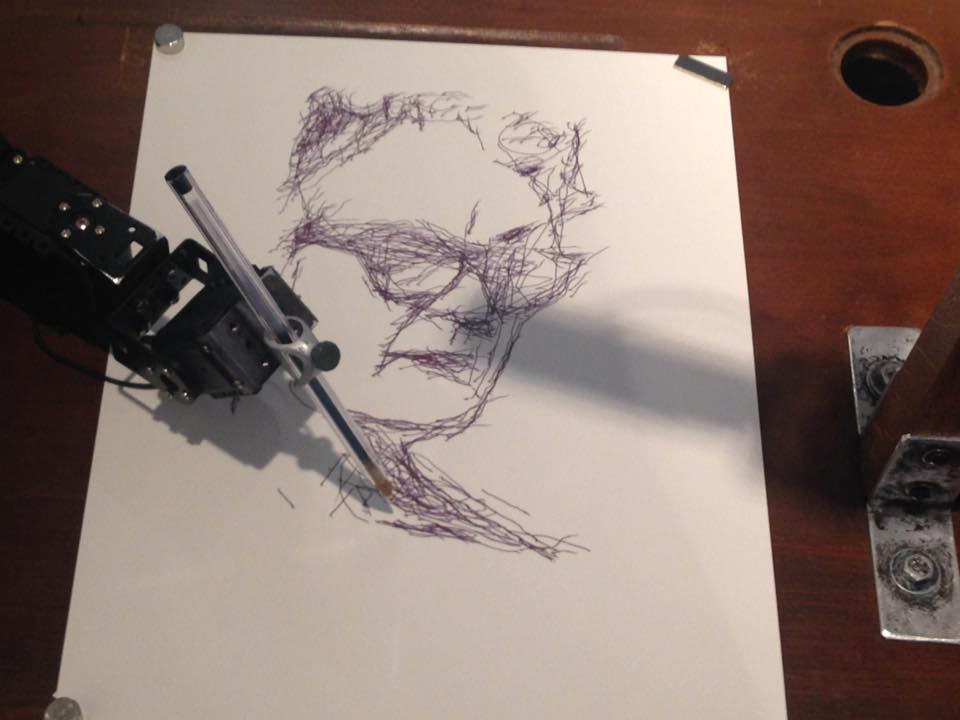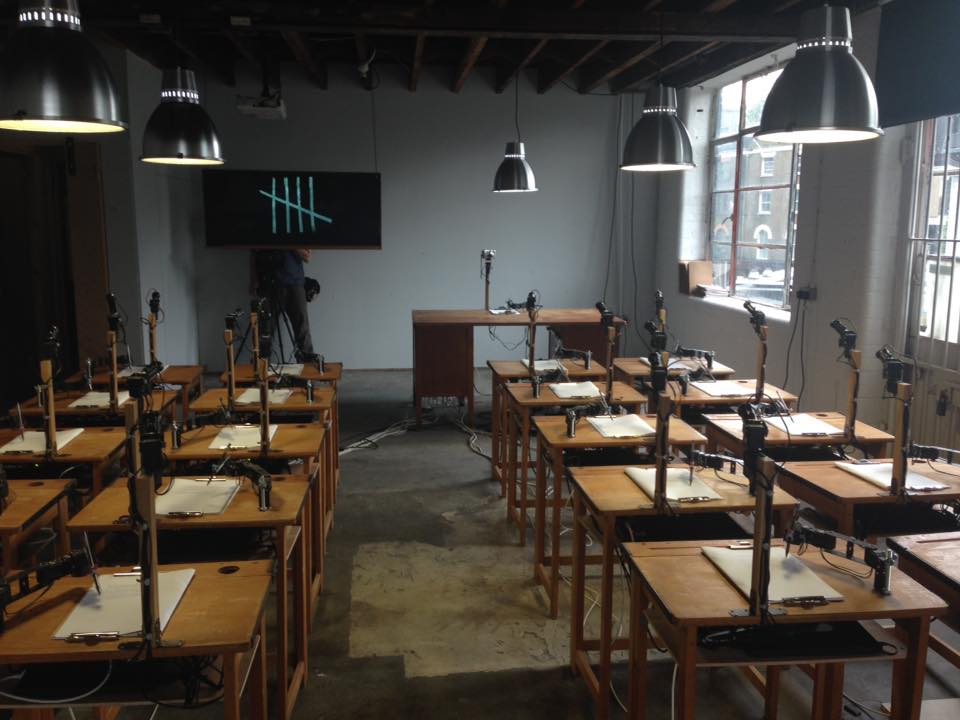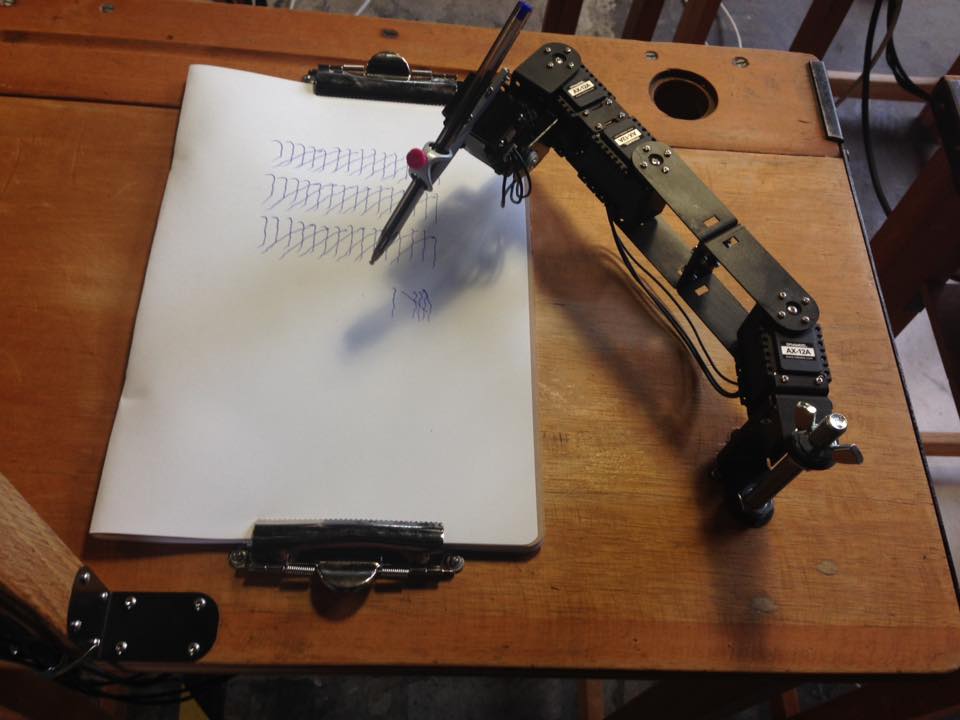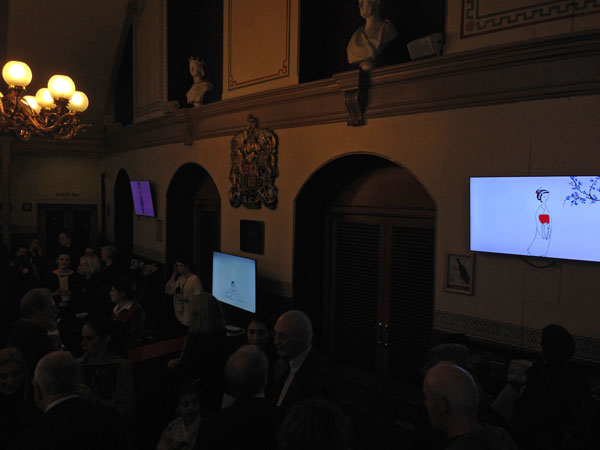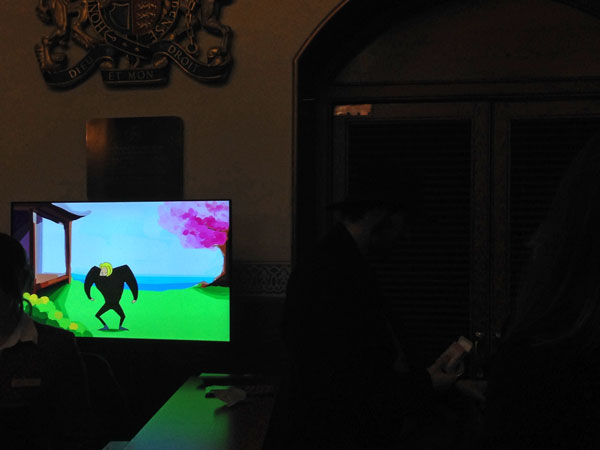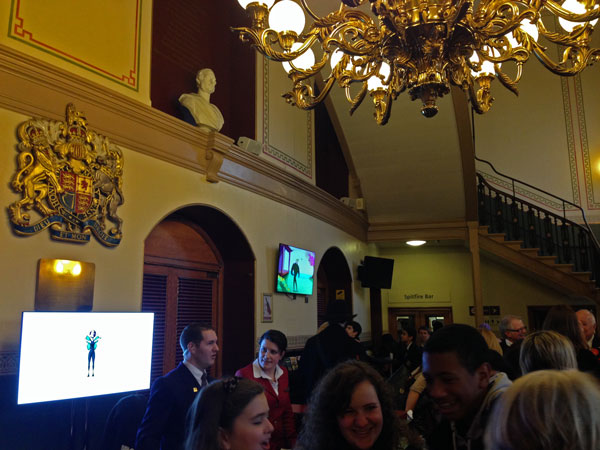Here is the text of the presentation I gave at the Edges Animation seminar, Whitechapel gallery, organised by Edge of Frame on 9/12/2016.

In this presentation, Gary asked us all to come up with a provocation and to talk about the work of 3 artists. My provocation is: Not all experimental animation comes from Europe or English speaking countries!
In particular, today I am going to talk about experimental animators from China. We only have 12 minutes each, so I don’t have time to talk about the China Independent Animated Film Forum (although I am planning to show a screening of films from them at RCA next year) and I don’t have time to talk about the Chinese experimental animator who is perhaps best known outside China, LeiLei (although I hope to also bring him over to speak at RCA next year).
I thought I would focus on three artists from the recent experimental animation exhibition and forum, Beyond Noumenon, at the Sichuan Fine Arts Institute, Chongqing, China in October of this year.

Here are some general shots of the exhibition.




Beyond Noumenon aimed to question the ontology of animation with a series of speakers and artists showing work that troubled at the edges of animation as a practice and an idea, exploring the possibility of a new language beyond the single screen, exploring how animation might be experienced by an audience.
In her closing speech, Beyond Noumenon’s Director and Head Curator, Tingting Lu, argued for a dematerialisation of the concepts behind animation, for animation as an adjective or adverb instead of a verb or a noun, for anti-animation, for post-animation.

Tingting Lu was originally trained in animation at Sichuan Fine Arts Institute. Painting is very central to her practice and her films are painstakingly animated by hand, straight-ahead using traditional media like oil pastel and oil paint.

The Person in the Gap, her piece for Beyond Noumenon, features a series of monitors located on the ceiling. In doing this, she wants to express the idea that people are in the gaps of time, that its people who make time happen.
This calls to mind Norman McLaren’s famous definition of animation that says:
“Animation is not the art of drawings that move, but rather the art of movements that are drawn. What happens between each frame is more important than what happens on each frame.”
Through walking underneath the images to experience them all, the viewer is made to do the work of animating the sequence of stills through their physical act of walking and this brings into question traditional ways of experiencing animation. As we gaze upwards with an almost religious awe, dwarfed by the images above, this action also references the God-like power of the animator to create their very own time and spaces that transgress the rules of nature.

Based in Beijing, Mi Chai’s fine art practice involves a range of media, including painting, installation, video and performance. She graduated from the MA in Animation at Academy of Art and Design, Tsinghua University.
She now experiments with different kinds of media, such as painting, drawing, paper cut, animation and visual performances. She is currently working in collaboration with various sound artists and dancers to extend her time-based visual language into live performance.

For Beyond Noumenon, she showed part of a series of work called Bird’s Dream, which includes paintings, sculpture and an animated film using paper cutouts.

The film is inspired by a live animation performance that she did called The Sparrow and The Raven.

For Chai, this series of painting, sculpture and film is all one work.
Birds Dream | trailer from Chai Mi on Vimeo.

Tianran Duan, who was one of the curators, is a new media artist working on experimental animation, video art and installation. He received his MFA degree in Animation from the University of Southern California and now works in the art department of Renmin University. For his animation work, he has been a finalist in the Student Academy Awards on two occasions. By experimenting with various materials, techniques and aesthetics, he pushes the boundaries of what defines animation. He is interested in drawing parallels between the post-modern collapse of meaning in philosophy and our current understanding of animation.

Lonely Player
Kinetic Installation
Stainless Steel,Steel Balls,Motor, Infrared sensor
2016
This is an interactive installation in which participants could put the steel balls into the Lonely Player, but it takes the movements of other people to trigger the Infrared and release a few steel balls. For Tianran, the intention is that like the Tower of Babel, the tower of the Lonely Player stores up messages which are released to others who do not understand them.

Another installation piece he made for the show – the Maze of Noumenon
The starting point for this work is Kant’s definition of noumena – potential things in the work – as opposed to phenomena – which are those things in the world as we experience them. The difference between these two concepts is what we ourselves contribute to the meaning of something that we experience. How much does our own act of interpretation bring to the act of perception? Where is the boundary between the physical world and our imaginary space?

Rather than creating a single screen short film, Tianran is interested in working in gallery spaces to create a “field” that crosses the boundary of the virtual world and reality. This three channel video installation is trying to explore the limitation of our perceiving system in terms of symbols, motion, consciousness and space.
The cuboids and sphere represent abstract thought and the horses bring the physical world into the scenario.The spinning globe represents the limitation of our rationality. When the globe spins with an abnormally fast speed, it makes us to realize we are thinking about that.
MAZE OF NOUMENON in Jinji Lake art museum from Tianran Duan on Vimeo.
To conclude, what interests me is that each of these artists – Tingting Lu, Mi Cai and Tianran Duan – have in common is that they were trained in animation, but now work in a post-medium context embracing a number of different artforms. The form that their work takes cannot be contained by a single screen and explores different ways in which an audience can encounter animation. At the core of each piece is a conceptual investigation of movement through space and time, but this is expressed through a number of media such as painting, sculpture, installation, performance and kinetics as well as animation.


